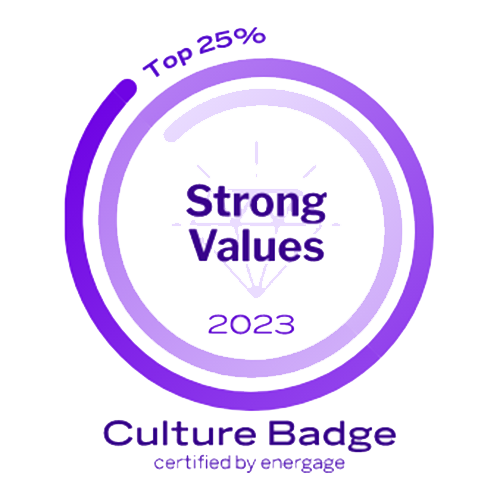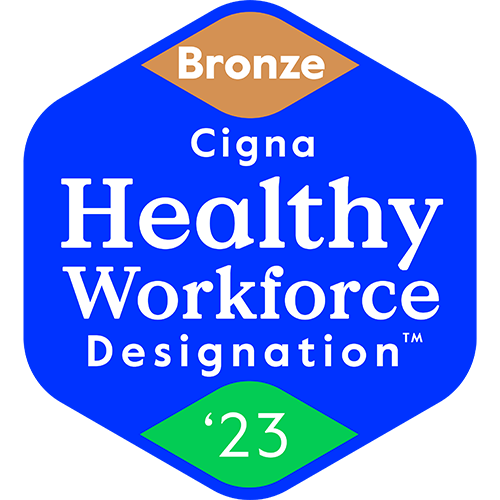We’ve all been there: sitting through a panel discussion that feels more like a snooze-fest than an inspiring exchange of ideas. With a room full of experts, how is it that some panels fall flat while others spark dynamic conversations that leave audiences buzzing? The secret lies in the planning, format, and execution. Here’s how to produce panel discussions that not only hold your audience’s attention but leave them wanting more.
Focus on Storytelling, Not Just Information
One of the biggest mistakes panel producers make is packing the session with facts and figures without giving panelists the room to tell stories. Data alone won’t keep your audience awake. The most successful panels weave facts into personal anecdotes and real-life case studies, turning dry information into something relatable and memorable. Encourage your panelists to dive into their experiences, share their successes and failures, and illustrate their points with concrete examples that will resonate with the audience.
Curate Your Panelists Wisely
The dynamic between panelists can make or break your session. Rather than simply selecting industry experts, focus on creating a balanced group with diverse perspectives, experiences, and communication styles. A panel composed of varied voices—whether by gender, race, age, or industry background—naturally fosters richer discussion. And don’t just think about individual expertise; consider how well the panelists will interact with one another. Panels, where speakers have complementary (or even opposing) viewpoints, tend to be much more engaging than ones where everyone nods in agreement for an hour.
Prepare for Engagement, Not Just Presentations
Panels that suck are often the ones where participants spend the session reading from prepared notes. The key to producing an engaging panel is preparing for interaction, not monologues. Brief your panelists ahead of time on the themes of the discussion, but make sure they’re ready to react to each other in real-time. Set the expectation that panelists will interact with one another rather than simply taking turns to speak. A lively back-and-forth exchange keeps the audience engaged and allows for deeper exploration of the topic.
Master the Art of Moderation
Moderators play a crucial role in ensuring a panel’s success. They’re not just timekeepers; they’re responsible for driving the conversation, keeping the energy high, and making sure all voices are heard. The best moderators know how to steer a discussion while allowing panelists to shine. They ensure the conversation doesn’t drift off-topic, interrupt respectfully when needed, and are quick to jump in with probing questions to take the conversation deeper. A skilled moderator also knows how to read the room, recognizing when the audience is losing interest and stepping in to re-energize the conversation.
Make Audience Interaction Part of the Equation
Panel discussions that fail to engage the audience are missing a key component: the audience itself. Encourage interaction early and often. Whether it’s through live polls, audience Q&A, or even asking for a show of hands on a particular topic, integrating the audience into the discussion ensures they feel involved and keeps the energy in the room high. More importantly, the audience often brings fresh perspectives or questions that can elevate the discussion in unexpected ways. You don’t have to wait until the last 10 minutes for questions; try weaving audience interaction throughout the session.
Be Intentional with Structure
A free-flowing conversation can be great, but too much of it can lead to a meandering discussion that loses focus. Panels need structure. Set clear objectives for the panel, and work with the moderator to design a loose agenda or outline that keeps the conversation on track. This doesn’t mean scripting the session but ensuring that there’s a logical flow from one topic to the next, with room for spontaneity and unexpected insights. The key is striking a balance between structure and flexibility.
Keep It Tight and Timely
There’s nothing worse than a panel that overstays its welcome. Aim for a panel discussion that lasts no longer than 45 to 60 minutes, and be strict about time management. The trick is to leave the audience wanting more, not wishing for an early exit. Each panelist should have enough time to contribute without the session feeling drawn out. And if you sense the conversation is losing steam, don’t be afraid to wrap things up ahead of schedule.
End on a High Note
Finally, make sure your panel concludes with impact. A solid closing allows the panelists to summarize their key takeaways and provides the audience with actionable insights. Rather than just fading out with the last speaker’s comment, have the moderator ask for one final, memorable thought from each panelist. This could be a call to action, a prediction for the future, or a personal reflection that ties back to the discussion. Whatever it is, make sure the audience leaves feeling energized and equipped with new ideas to apply in their own work.
Conclusion
Producing a panel that doesn’t suck boils down to thoughtful curation, intentional structure, and prioritizing engagement at every step. By focusing on dynamic interaction, storytelling, and diverse perspectives, you can create a panel discussion that leaves your audience energized, inspired, and talking about the session long after it’s over. Remember: a great panel isn’t just about the information shared—it’s about how that information is delivered and how it resonates with your audience.
Now it’s your turn. Go forth and create panels that people will actually be excited to attend. You’ve got this!











